The project challenging how we view women in the prison system
Incarcerated women and their experiences are at the heart of The Someone’s Daughter photography series, writes Emily Goddard

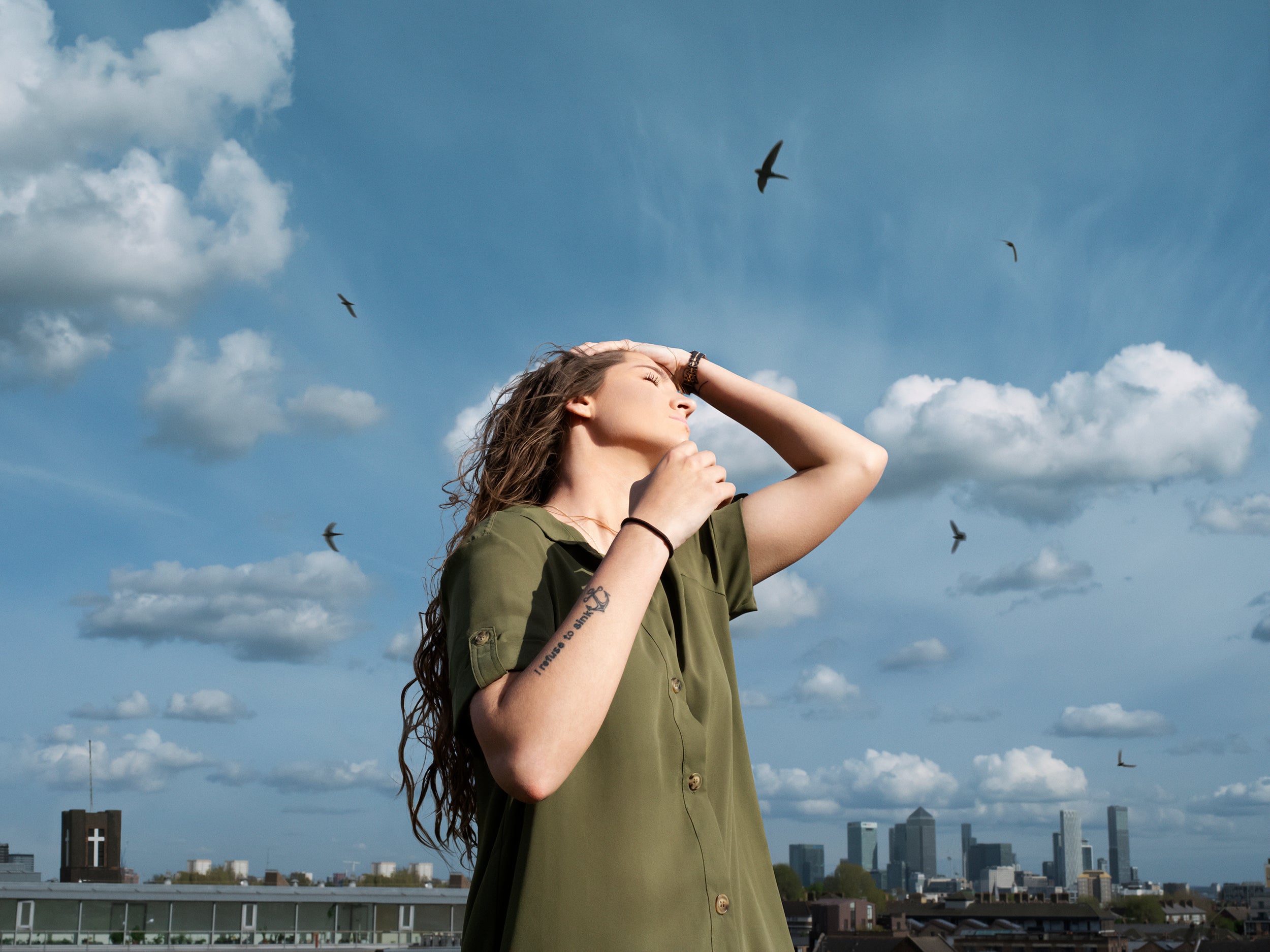
When Alexandria Ocasio-Cortez responded to Republican congressman Ted Yoho’s abusive and sexist comments towards her in a now-viral speech in 2020, she spoke for women everywhere.
“I am someone’s daughter,” AOC said. She called out people – specifically Yoho but everyone – not giving all women decency and respect and reframed the conversation around the treatment of and language used towards women.
Her powerful words reverberated over the House floor, travelled through borders, across seas, women heard them and felt seen. In the UK, her words inspired the launch of a project that aims to reimagine women and the justice system.

Someone’s Daughter is a series and exhibition that sees internationally respected photographers take portraits of women who have been affected by the criminal justice system, whether as prisoners, activists or professionals. The images are striking, intimate and portray the women’s stories in a fresh light.
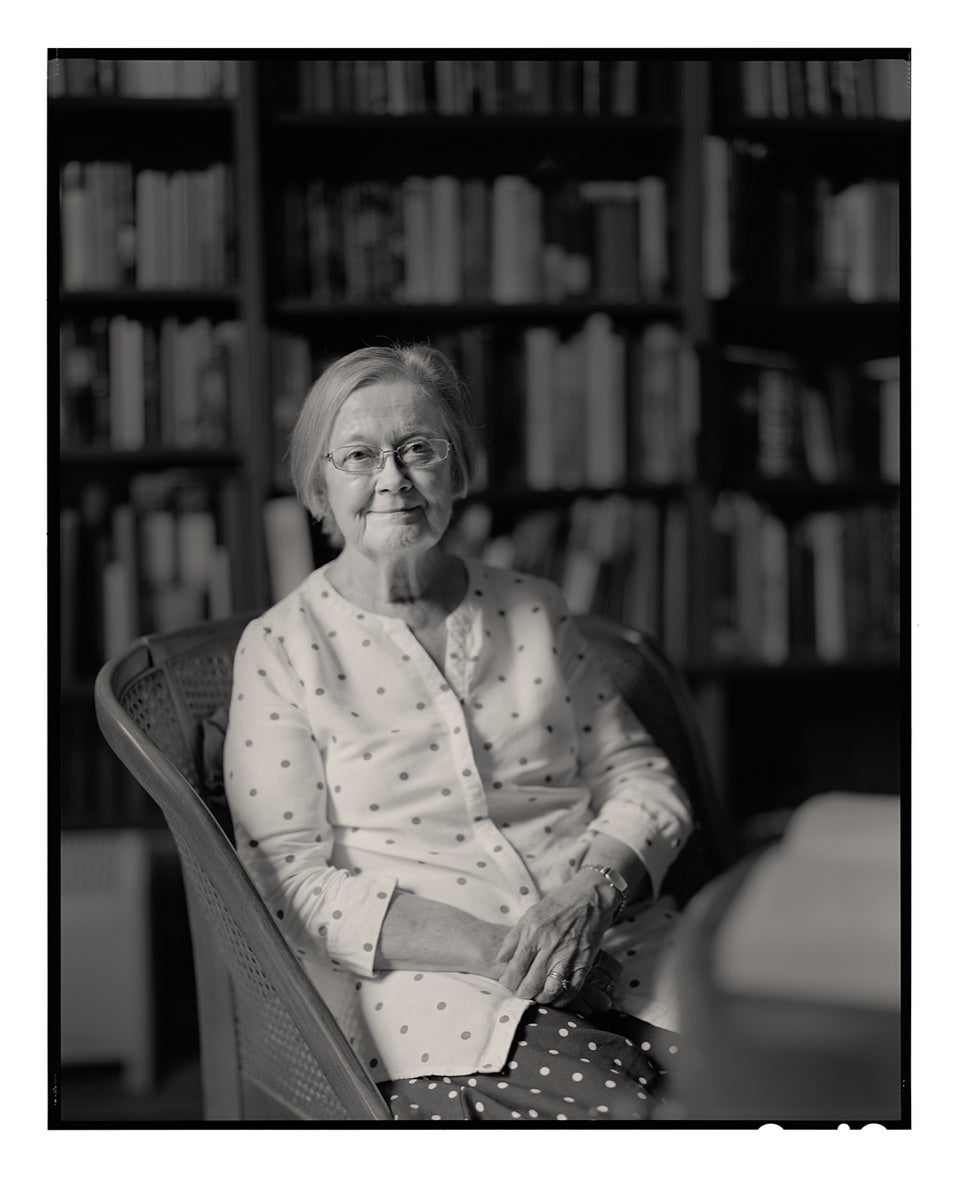
Clare Simms, the managing editor, of The View Magazine, the not-for-profit social enterprise and campaigning platform by and for women of the criminal justice system that is presenting the project, said: “Inevitably, there is something in her past that has caused incredible trauma, there’s been abuse, there’s been neglect. This is not in any way to lessen or mitigate the crimes committed, but really just to say that every single one of them is someone’s daughter.”
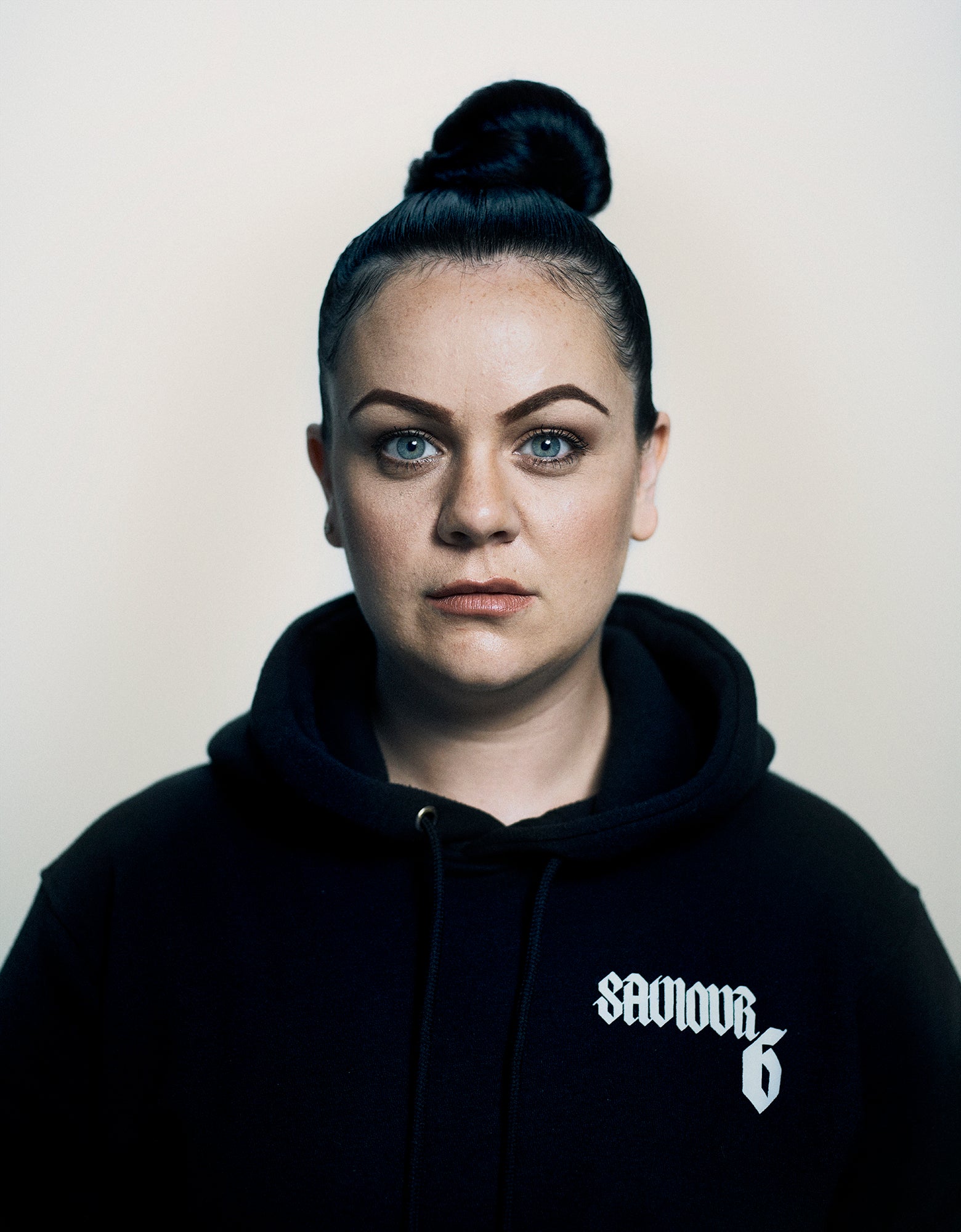
The project enables women who have been incarcerated to be seen through the same lens as well-known women who are leaders in their field, seen as equals. Curator Jennie Ricketts, a former picture editor of the Observer Magazine, says placing images of former prisoners alongside women working within the criminal justice space seeks to challenge how formerly incarcerated women are seen.
The exhibition shines a light on the issue of women in prison and comes at a time when the government plans to create 500 new cells for them. The government says it expects the number of women in prison to rise by 40 per cent by 2025, despite its own Female Offender Strategy claiming it intends to reduce the number locked up. The plans also appear to ignore that 70 per cent of women’s sentences started in 2020 were shorter than 12 months and that 72 per cent of prison receptions were for non-violent crimes.
Ricketts says women are “being let down by the criminal justice system” and highlights how many have undiagnosed mental health problems, while others are survivors of domestic abuse.
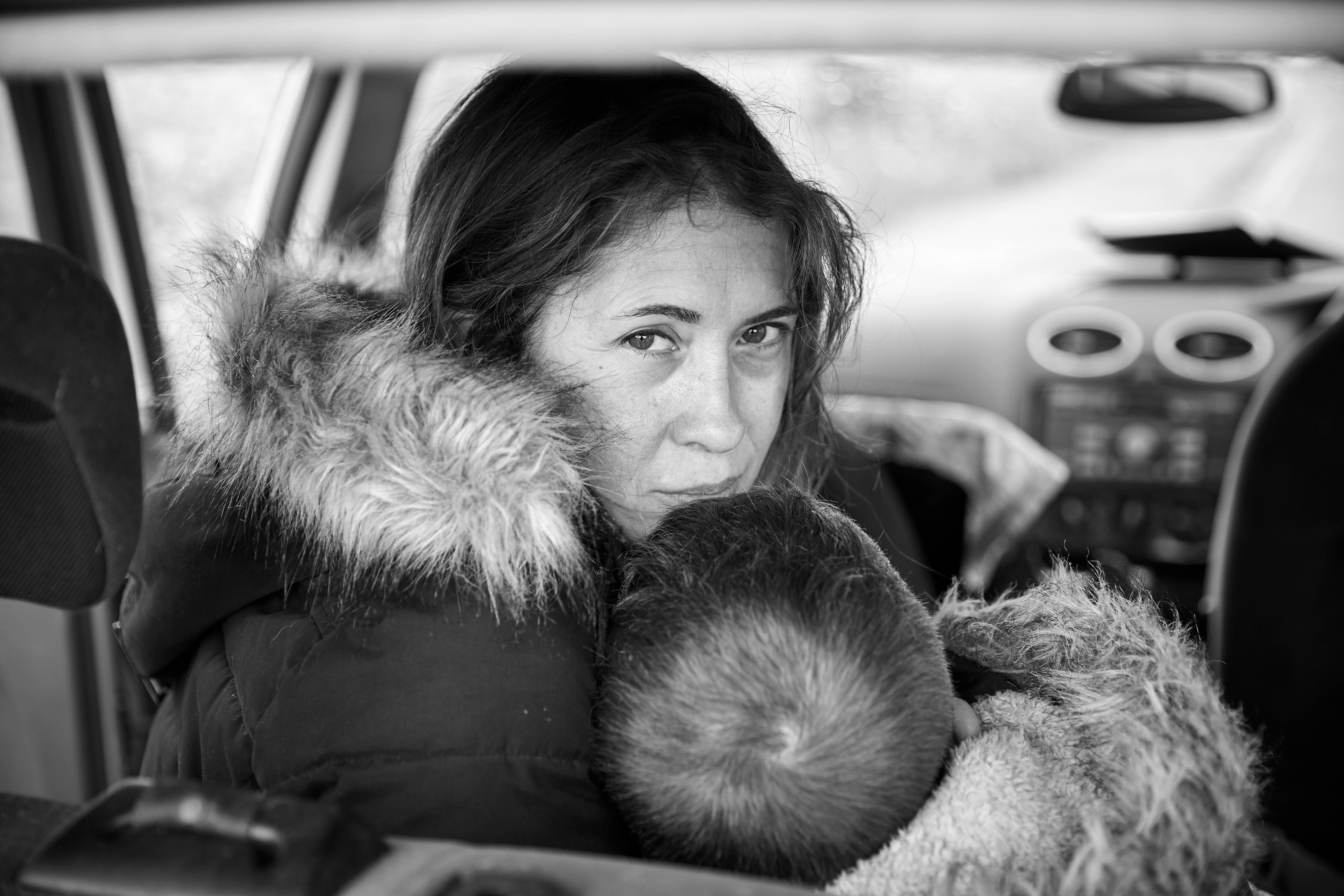
She adds: “Furthermore, women from ethnic minorities and black women, in particular, suffer disproportionately in the current, outdated criminal justice system. Firstly, by older members of the judiciary who might perceive their minor crimes as delinquency based on prejudice and stereotypes, handing down harsher sentencing. And secondly, within the penal environment itself where their cultural differences are often unrecognised leaving them to feel invisible in a system designed to protect them.”
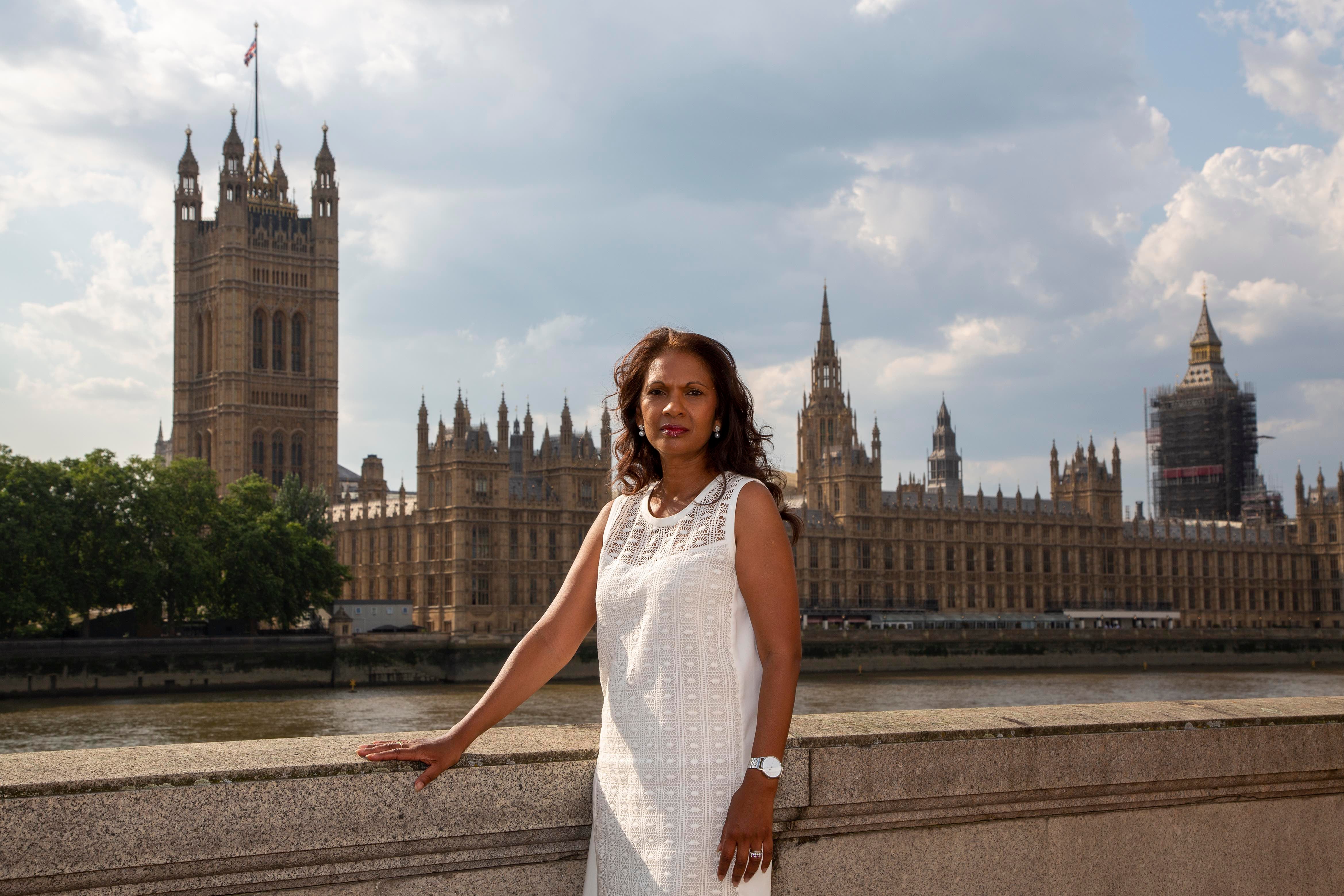
Among the women photographed is Baroness Brenda Hale, the former president of the supreme court. She says the project gives women in the criminal justice system a voice, “helping us all to understand them and what has happened to them and how the system could do better by them if only the will were there”.
She says: “There are so many reasons to fight for the criminal justice system to treat women better than it does – that so many women in prison have themselves been the victims of violence, abuse and exploitation; that so many have serious mental health problems that are not being properly addressed in prison; that so many have issues with drug and alcohol abuse which led to their imprisonment and need proper treatment if they are not to return; that so many are in prison for offences which are neither serious or violent and for relatively short periods. But, to me, the main reason to fight for a different system is that women in the criminal justice system are not only someone’s daughter – they are also, more often than not, someone’s mother.”

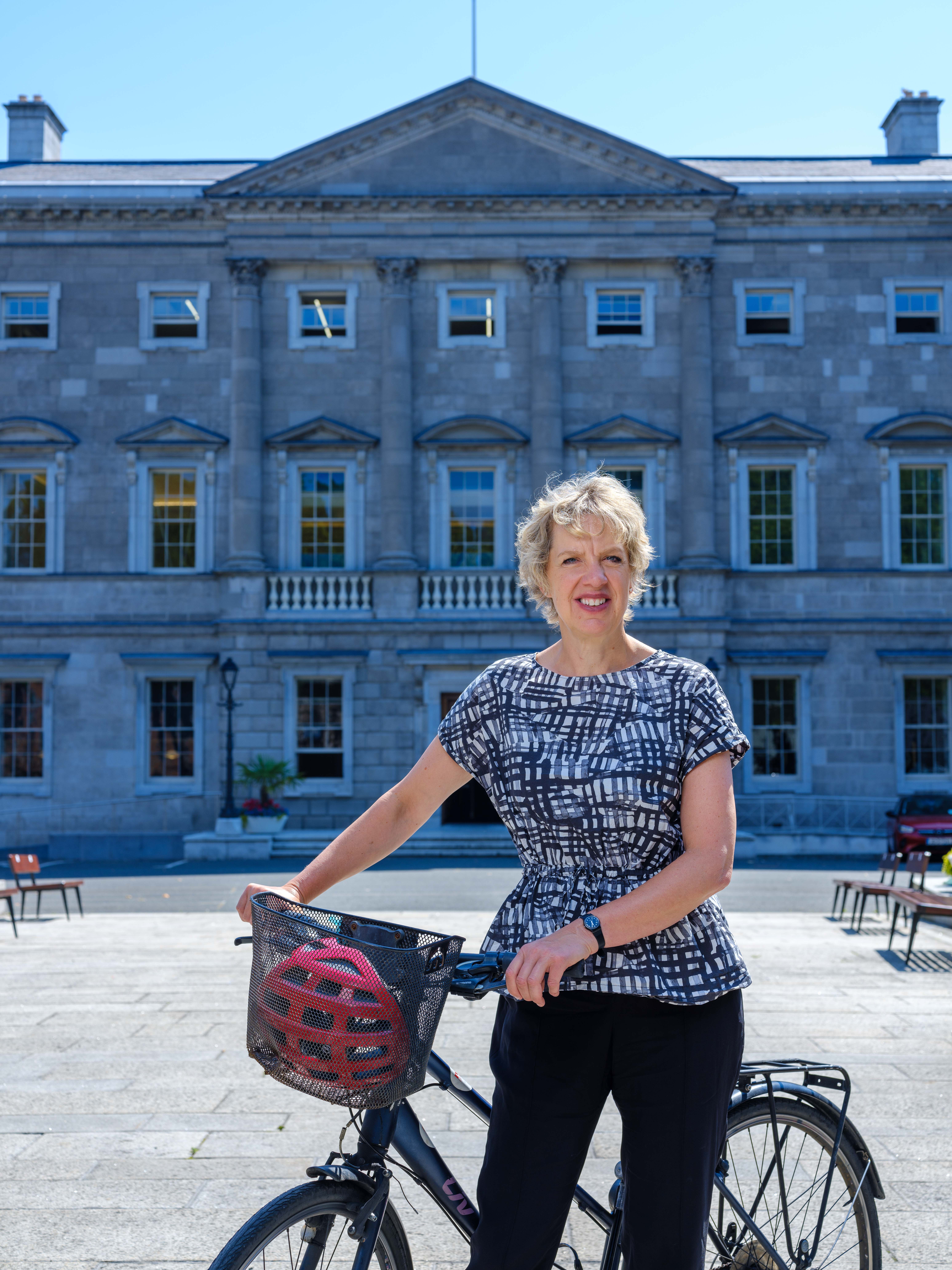
Sue Wheatcroft is among the women who have been to prison in the series. She describes how, at the age of 18, she chased an abusive boyfriend into the street with a kitchen knife after months of physical and mental abuse. She was given a conditional discharge but was sentenced to 12 months in prison 36 years later for having a knife in her car that she kept there to cut up food for her disabled wife.
“In court, the judge said that, because of my first offence, I had a propensity for knives so I was dangerous,” she recalls. “I also had a diagnosis of borderline personality disorder and I believe this added to the judges sentencing decision... I wasn’t dangerous, I was ill.”
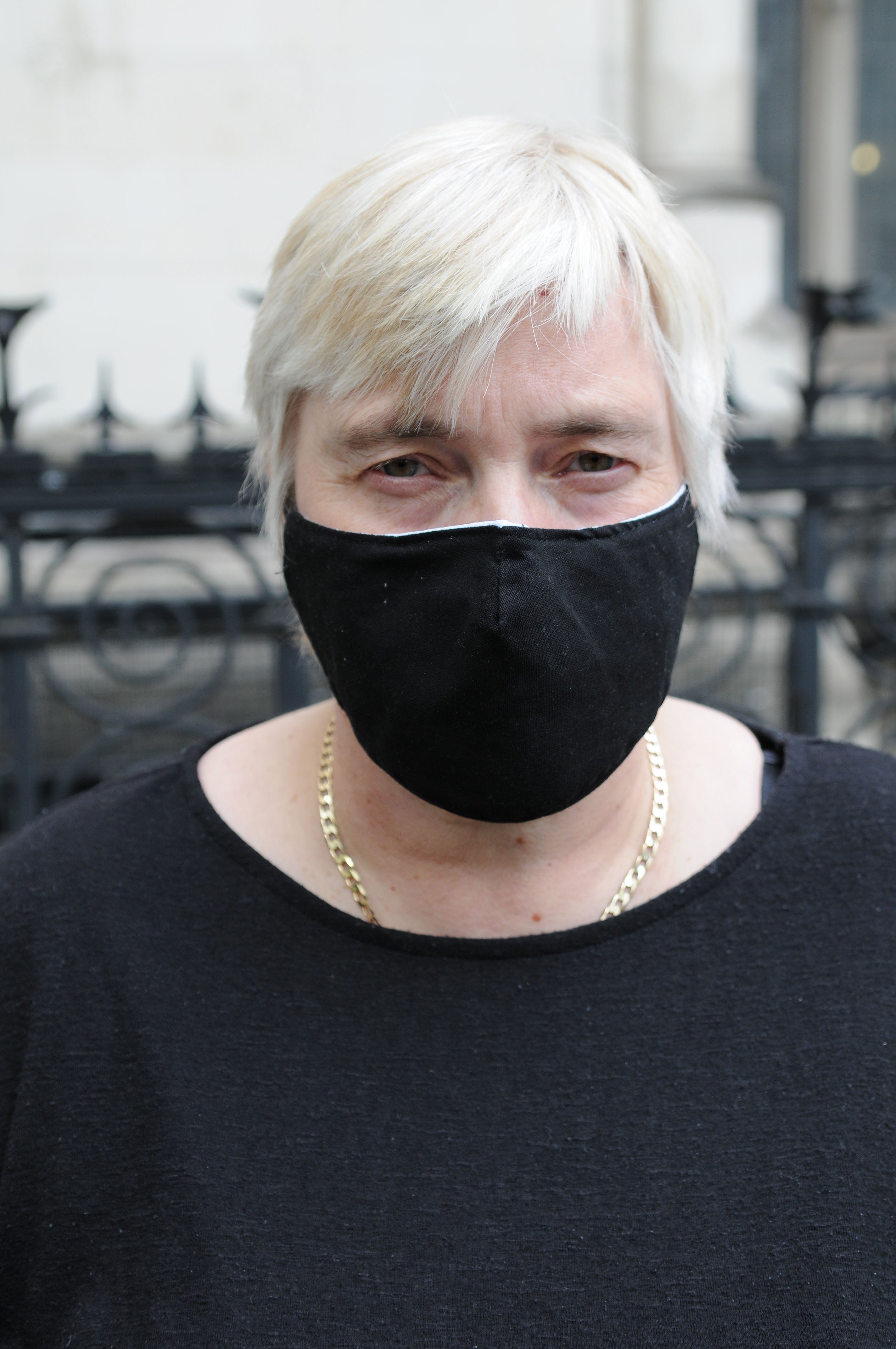
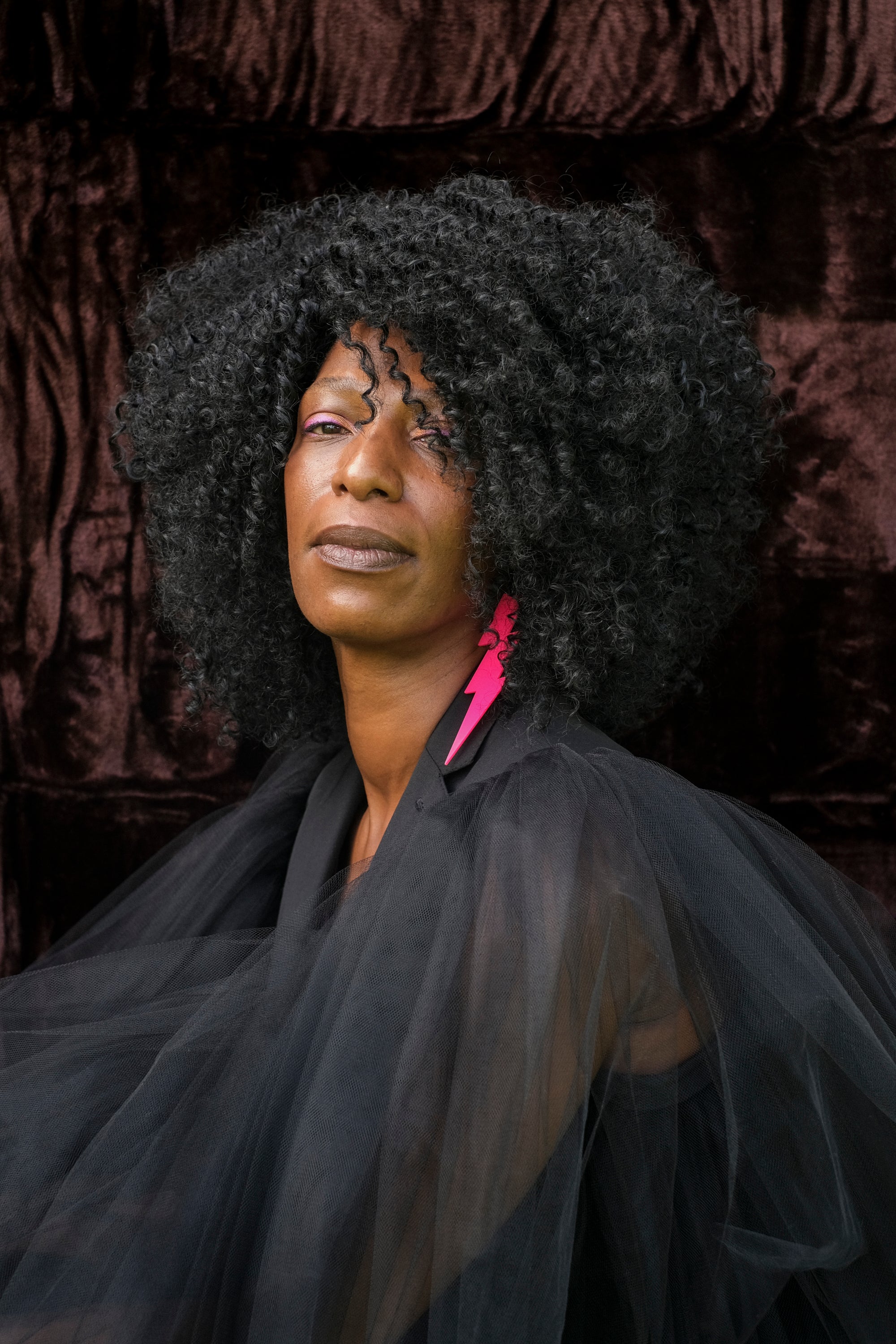
The photography will be exhibited at several locations, starting with Photo London at Somerset House in September. The images will be part of an online benefit auction, with all profits going directly to The View to fund solutions for fairer justice outcomes for women and children. The view is also crowdfunding to create a book of the work.
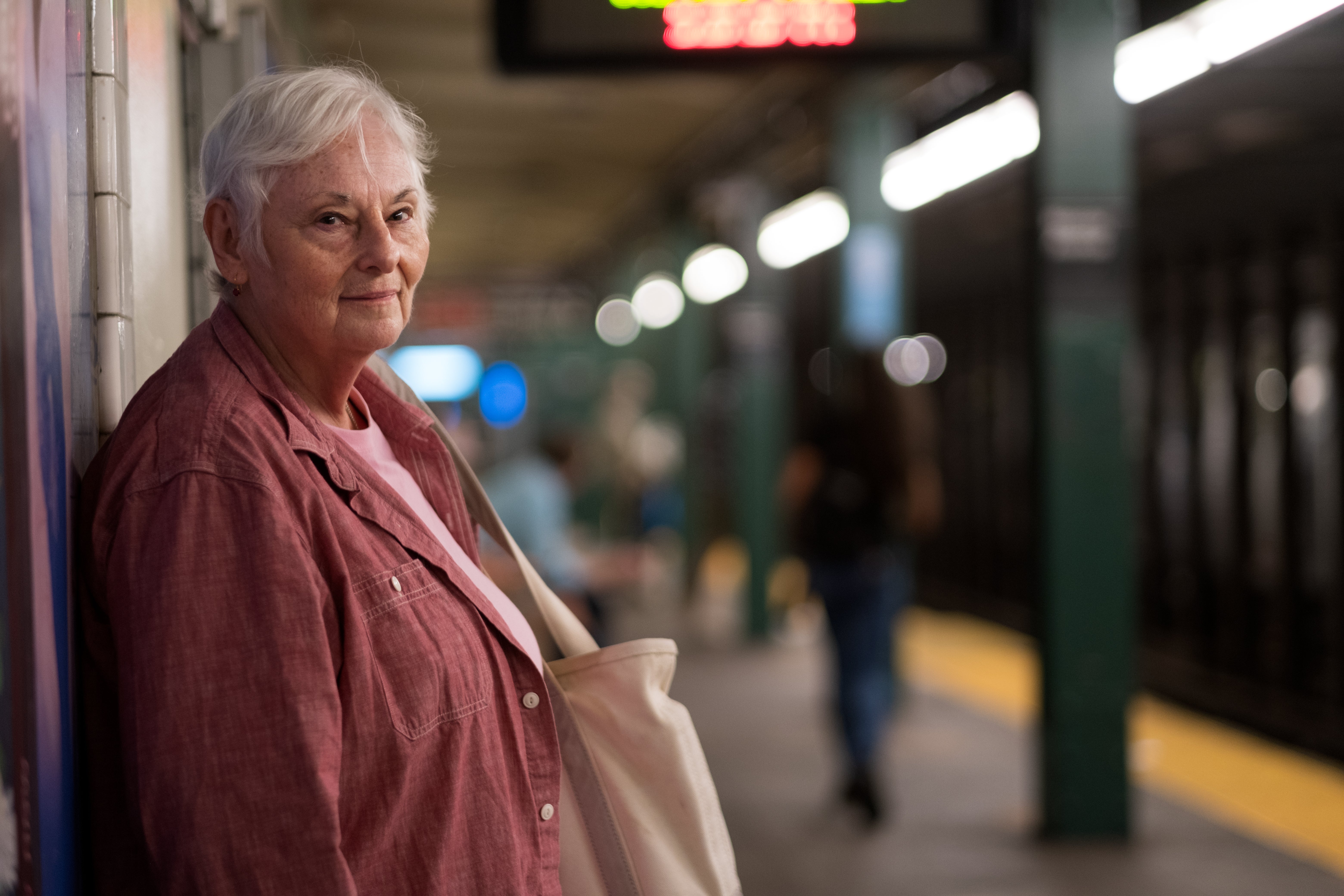
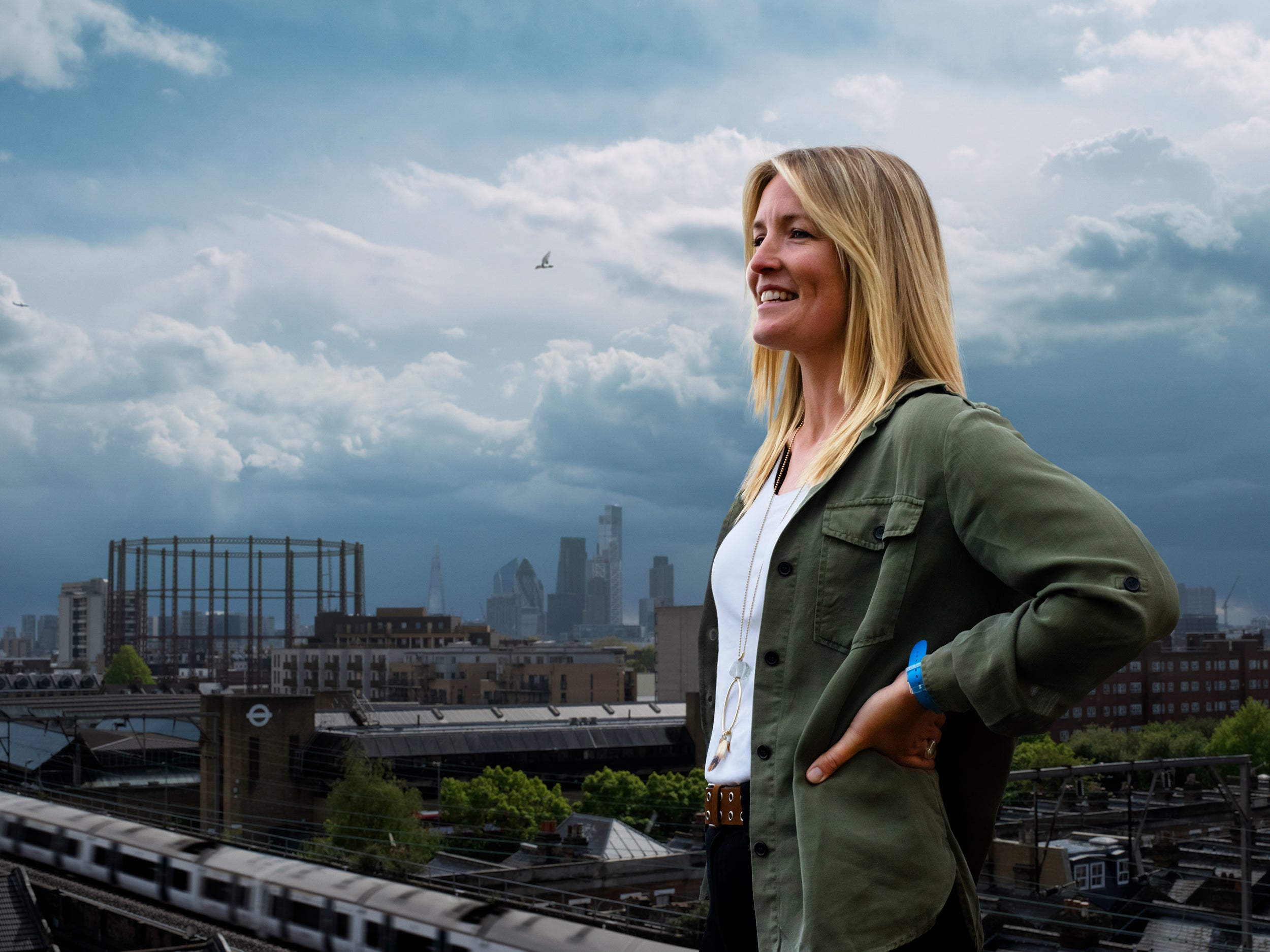
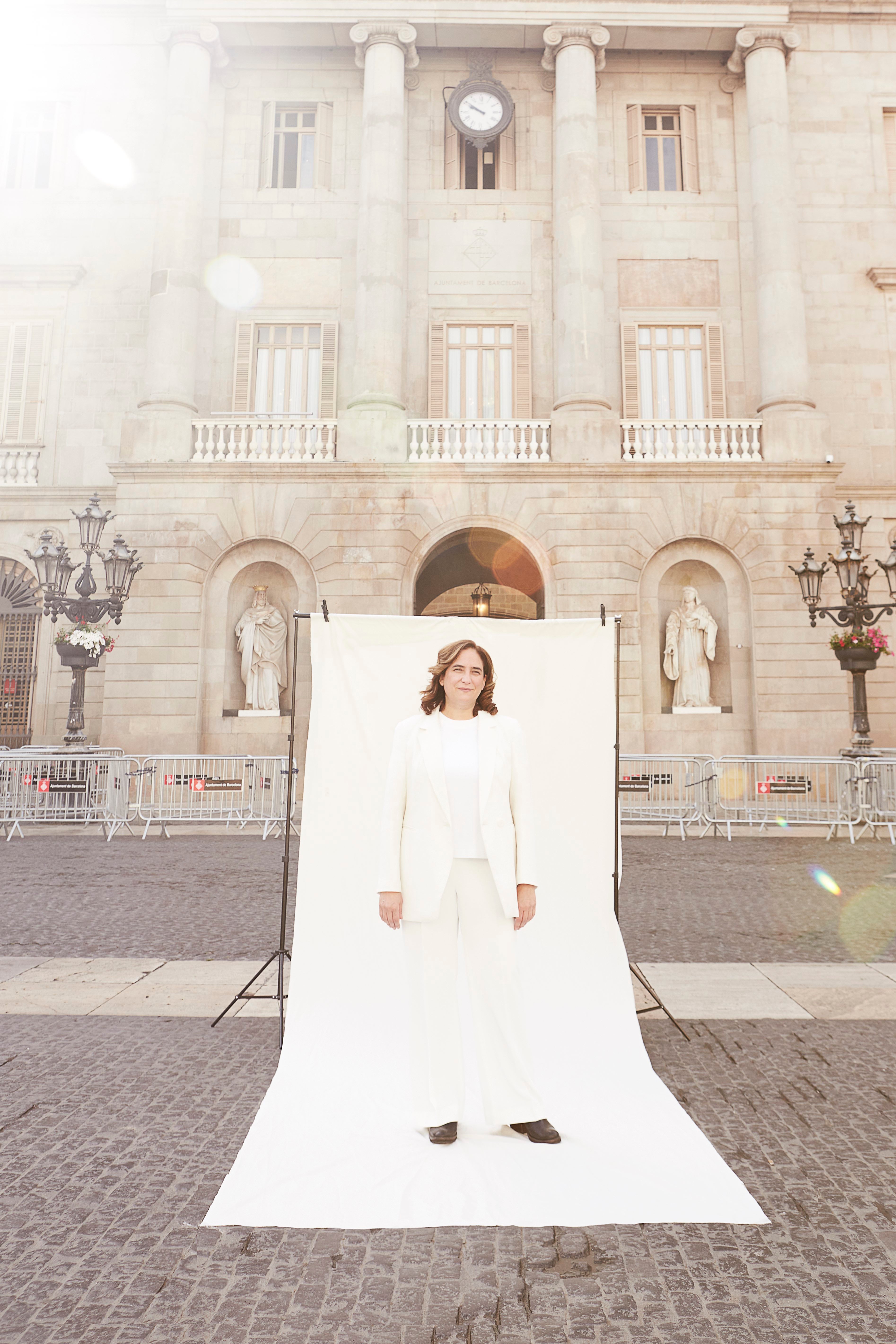
The Someone’s Daughter exhibition launches at Photo London on 9-12 September, with further displays at the Palace of Westminster on 15 September-15 October and FiLiA on 16-17 October
Join our commenting forum
Join thought-provoking conversations, follow other Independent readers and see their replies
Comments
Bookmark popover
Removed from bookmarks